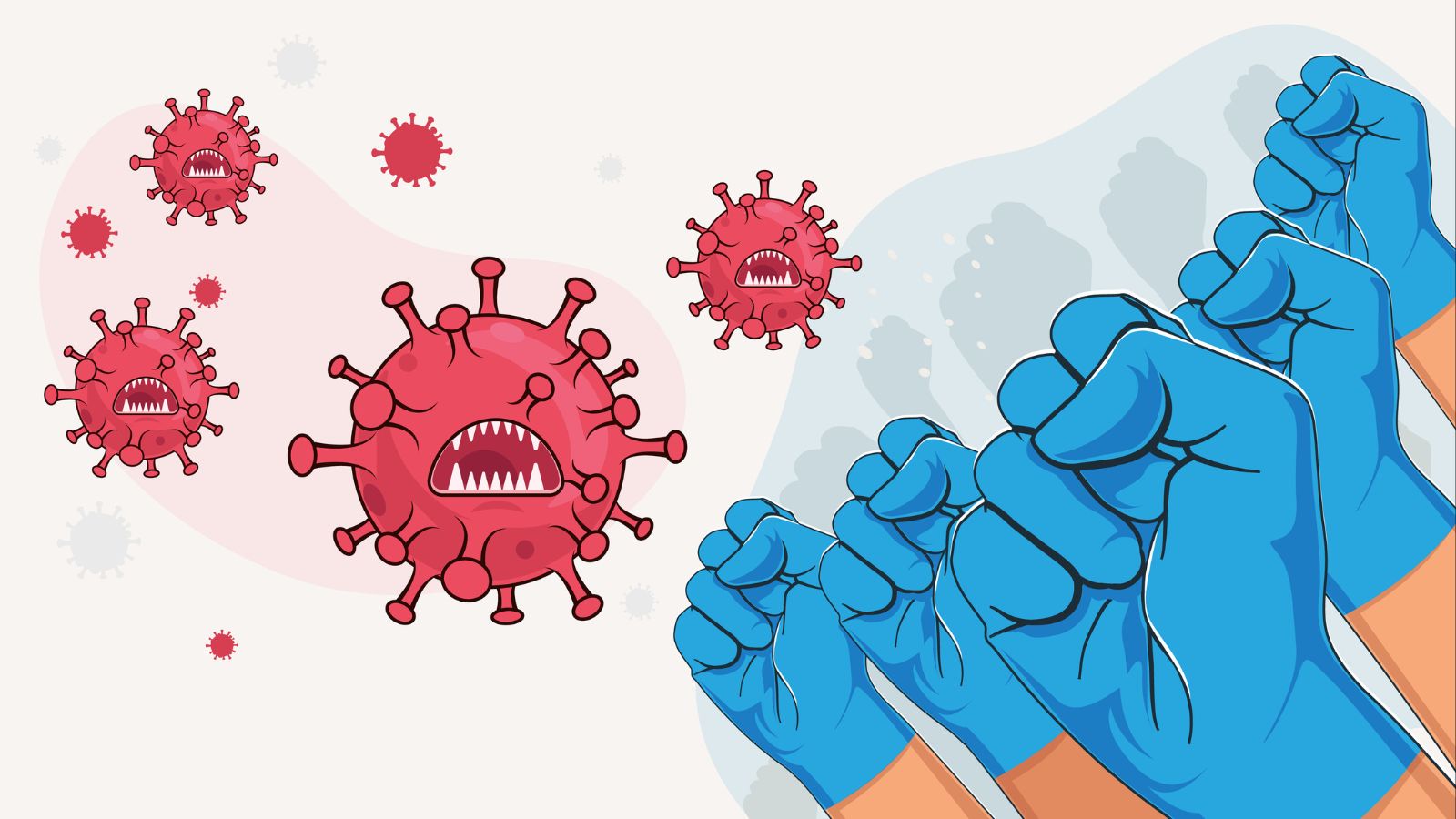The healthcare system, created to treat patients and improve their lives, frequently fails to live up to expectations. Many patients still have to navigate a complex web of delays, exorbitant expenses, and poor care despite medical technology and skill advances. Here are 17 startling ways the healthcare system is failing patients, exposing a sobering reality many people encounter when seeking medical care.
Inflationary Prices

Due to unsustainable healthcare prices, many patients cannot afford important treatments or medications. Out-of-pocket costs like copays, deductibles, and uninsured treatments can devastate a family’s finances even with insurance, forcing many to choose between their financial survival and their health.
Long Appointment Wait Times

Weeks or even months may pass before you can visit a doctor, particularly a specialist. Given that many illnesses require prompt diagnosis and treatment, this wait may make the patient’s condition worse. These wait durations can be disastrous for people with life-threatening or chronic diseases.
Inability to Get Preventive Care

Early disease detection depends on preventive treatment, including screenings and immunizations. However, instead of focusing on avoiding diseases, many healthcare systems prioritize treating them. In the long term, this disregard for preventative care results in lower patient outcomes and increased costs.
Uncontrollably High Prescription Drug Prices

Some people restrict their prescription drugs or forego them completely because they are frequently significantly more expensive than they can afford. The high expense of medications is preventing many patients from receiving the therapies they so desperately need, even despite life-saving advances in pharmaceuticals.
Understaffed and Overworked Facilities

Physicians, nurses, and other healthcare workers are overworked and overextended at hospitals and clinics due to a lack of workforce. In addition to causing staff fatigue, this lowers the standard of care patients receive because hurried visits, missed diagnoses, and insufficient follow-ups are all too typical.
Inequality in Access to Healthcare

Race, region, and money all significantly impact access to high-quality healthcare. Lack of healthcare facilities and providers frequently plagues low-income and rural regions, depriving many of the care they require. Minority populations, on the other hand, experience systematic obstacles that lead to inferior health outcomes to their peers.
Insurance Refusals and Documentation

The frustration of having their insurance rejected for recommended therapies is a common occurrence for patients. Treatments may be rejected by insurers for a number of reasons, such as being “unnecessary” or experimental. These refusals may cause patients to forgo necessary care or incur excessive out-of-pocket expenses.
Unexpected Medical Expenses

Patients frequently face unforeseen medical expenditures even when they have insurance. These bills may result from services that were not completely covered, hidden costs, or out-of-network suppliers. Due to the opaqueness of medical billing, patients are left in financial hardship and find it difficult to comprehend why their care ended up costing so much more than they had expected.
Inconsistent Quality of Care

Healthcare quality might differ significantly between providers. Inaccurate diagnoses, inappropriate treatments, or needless procedures might result from inconsistent care. Many patients have an uneven healthcare experience as a result of this inequality in care, which frequently depends on geography or institutional finances.
Focus on Profits Over Patients

Profits are frequently given precedence over patient care in the healthcare industry. Sometimes, rather than making sure patients receive the greatest treatment possible, hospitals and pharmaceutical corporations make decisions that will increase their business line. For people who require medical care, this corporate-driven strategy results in worse outcomes and more expenses.
Underfunding of Mental Health Services

With little financing and restricted access to services, mental health care is frequently viewed as secondary to physical health in many healthcare systems. Many people have to wait a long time for appointments or struggle to find cheap mental health experts. Seeking and receiving proper care is made more difficult by the stigma associated with mental health conditions.
Inaccurate communication between the providers

Inadequate communication between medical professionals may result in contradictory advice, redundant testing, or incorrect therapy. Patients suffer when physicians do not collaborate, obtaining fragmented care that may worsen rather than alleviate their diseases.
Rushed Patient Interactions

Due to pressure to see as many patients as possible, doctors frequently schedule hurried sessions in which crucial symptoms may be missed or discounted. Patients are left feeling ignored and unsure about their diagnosis or course of therapy, which can lead to long-term discomfort and damage their health.
Infections Acquired in Hospitals

Although hospitals are meant to be healing environments, hospital-acquired infections (HAIs) continue to pose a serious risk to patient safety. For patients who are already coping with various conditions, unsafe, occasionally fatal infections have been caused by inadequate infection control methods, crowded wards, and poor hygiene standards.
Overprescription Drug Use

An alarming trend in healthcare is the overprescription of drugs, particularly antibiotics and opioids. This raises the possibility of side effects and consequences for patients who might not have needed the drugs in the first place, in addition to possible addiction problems and antibiotic resistance.
Not Enough Assistance for Chronic Illnesses

Chronic illnesses necessitate continuous care and treatment, but many people lack the tools or assistance they need to do so. Patients with chronic illnesses, such as diabetes or heart disease, frequently find it difficult to navigate a healthcare system that offers insufficient follow-up or instruction on long-term health management.
Neglected End-of-Life Care

Another area in which the healthcare system frequently fails is end-of-life care. While some patients endure harsh, needless therapies that lower their quality of life, many do not receive the palliative care they require to manage pain and discomfort in their last days. Patients and their families are left to face these trying moments alone when humane end-of-life care is not prioritized.
Conclusion

Although the healthcare system is supposed to be a place of healing and support, the truth is much more nuanced. Patients frequently have to cope with growing expenses, poor access, and a system that puts financial gain ahead of patient care.
18 Reasons Why People Are Leaving Florida in Masses

Exploring factors that impact the desirability of living in Florida, this list delves into various challenges shaping residents’ experiences. From environmental concerns like rising sea levels to economic factors such as fluctuating job markets, these issues collectively contribute to a nuanced understanding of the state’s appeal.
18 Reasons Why People Are Leaving Florida in Masses
